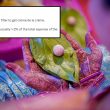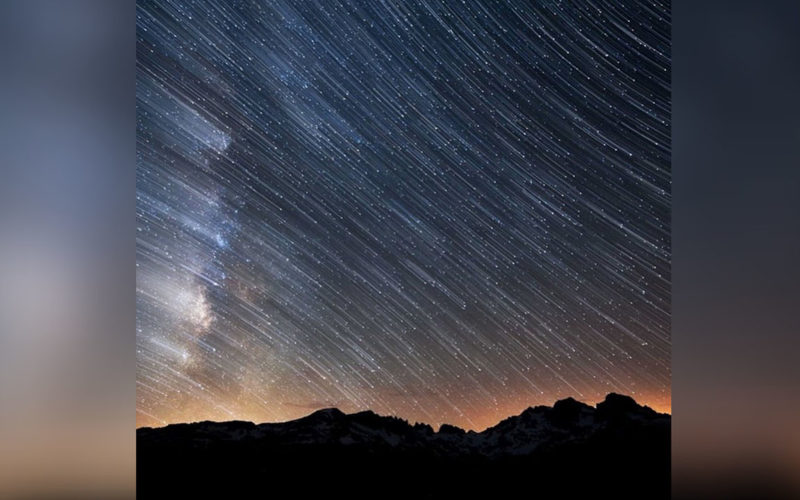- 2.3Kshares
- Share
- Tweet
- Facebook Messenger
Meteor showers are indubitably one of the galaxy’s best-kept secrets. Yet this evening, you have the opportunity to watch this mysterious phenomenon first hand. The Geminids Meteor Shower is finally here and shall grace the skies tonight!
The Geminid Shower’s Mysterious Origin story
An annual phenomenon, the Geminid shower occurs every December. Its incidence happens because our planet passes a large debris cloud that remained in the wake of 3200 Phaethon. Phaethon is a strange blue asteroid that scientists named after its namesake- the Greek God Apollo’s son. Initially spotted over three decades ago, they are called Geminids because the shower seems to begin from the constellation ‘Gemini’.
Here’s a glimpse of what the skies have in store for you just past dusk today.
Your Guide to Watching Tonight’s Meteor Shower
Meteorological departments recommend that the best view shall be seen once the radiant gets higher in the night sky.
- The ideal time to train your eyes skyward would be past midnight tonight i.e. 12 am and until 2 am on Friday night.
- Spotting the meteors will not be difficult because they move at approximately 35 km/s. Devoid of any special equipment, you can view a couple of meteors every minute.
- The asteroid particles exude yellowish streaks of light and this phenomenon shall be visible even to the naked eye.
- There no specific spot where you must go to watch this. However, simply steer clear of bright lights, polluted city areas and skyscrapers to witness nature’s magic.
The beautiful Aurora Borealis photobombed by the Geminids shower!
“Aurora Shimmer, Meteor Flash” is #NASA #astronomy picture of the day by @apod https://t.co/3WM3yilD1L A long exposure photo of the Aurora Borealis in Norway was photobombed by a Geminid meteor, making it even better. The 2018 #Geminids peak this Thursday night & Friday morning. pic.twitter.com/odFwKRQdQR
— Ian Kluft (@ikluft) December 9, 2018
Heard that folks? Just train your eyes (or perhaps your telescope) on the skies around 2 am tonight!
The best part is that our country is positioned to get the best view as we are in the Northern Hemisphere.
METEOR SHOWER: Thanks to @earthskyscience for this tip on watching the #Geminids meteors – numbers tend to intensify as evening deepens into late night – greatest numbers of meteors falling 1-2 hrs after midnight, no matter where you are on the globe.! https://t.co/RcUdJR7TP7 pic.twitter.com/djSzMGihuv
— Wise Skies Advice (@WiseSkiesAdvice) December 12, 2018
Sharing intriguing pictures of the meteor shower, Twitterati is in a flutter!
Today's #WOTD is an annual astronomical event which reaches its peak on the 13th & 14th of December, a member of a shower of meteors 💫 https://t.co/gSq2sTP9js #WordOfTheDay #CollinsDictionary #geminids pic.twitter.com/yPWleC7JRM
— Talking (@talking_ingles) December 13, 2018
Quite a rare phenomenon, this bit of trivia just furthers its appeal.
NASA gives you a sneak peek at what you might look forward to tonight. This video shows you the meteors that shot across the skies in Daytona Beach, Florida.
Station yourself on an open ground or clearing to see the shower shine across the dark night’s sky. So gear up because this dazzling meteor shower is not one you’ll want to miss!
- 2.3Kshares
- Share
- Tweet
- Facebook Messenger




